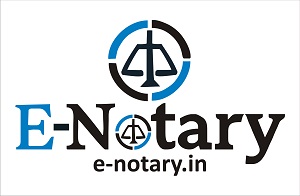E-notary
A Defensive Publication is a strategy to prevent others from patenting your innovation by making it publicly accessible. This method ensures your work remains prior art, safeguarding it from exclusive claims.
- Ensures innovation remains public
- Cost-effective alternative to patents
- Protects against patent trolls


Protecting Innovation Through Public Disclosure
A Defensive Publication, also known as an E-Notary publication or defensive disclosure, is an intellectual property strategy used to prevent others from obtaining patents on specific inventions, products, or methods. By publicly disclosing an enabling description or drawing, the information enters the public domain and becomes prior art, thereby blocking subsequent patent claims.
Cost-Effective Strategy
Compared to patent applications, defensive publications save costs associated with filing, examination, and legal fees, making them a preferred choice for certain innovations.Ensuring Public Access
This strategy allows scientists and innovators to ensure that their work remains accessible while preventing monopolization through patents.Protecting Innovations Through Public Disclosure
What is Defensive Publication?
A strategy used to prevent others from patenting an invention by publicly disclosing it as prior art.How it Works?
By publishing a detailed description of the invention, it becomes publicly available, blocking future patent claims.Cost-Effective Alternative
Unlike patents, defensive publication is a low-cost solution to ensure access to innovation without expensive legal processes.Why Defensive Publication is Important?
Defensive publication ensures that innovations remain in the public domain, preventing patent monopolies and encouraging open innovation.
It is a strategic approach for companies and individuals who want to share knowledge while avoiding the costly patent process.
Learn More
